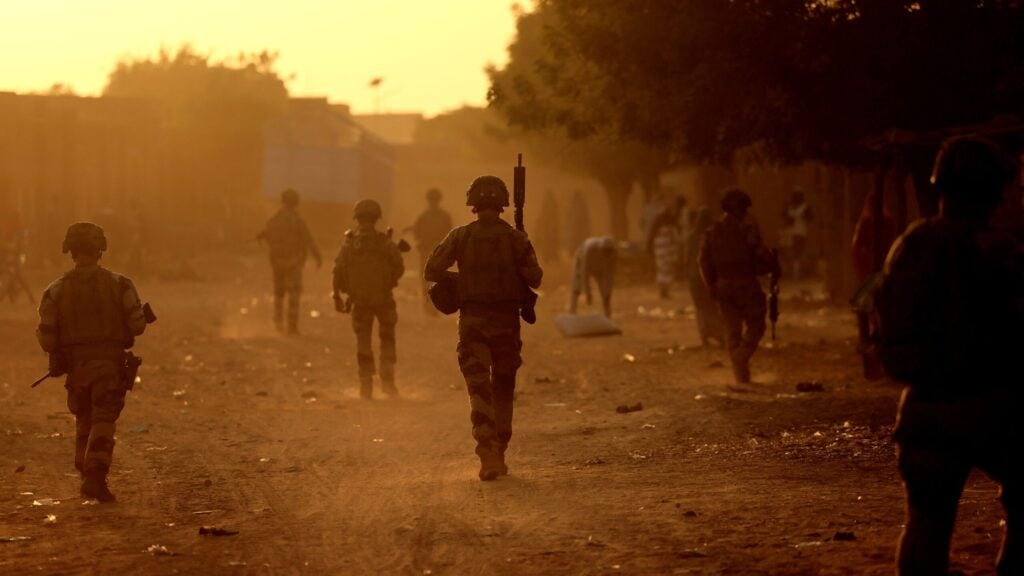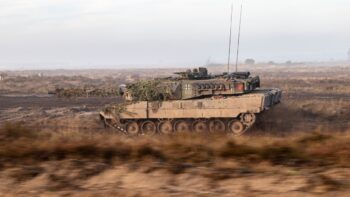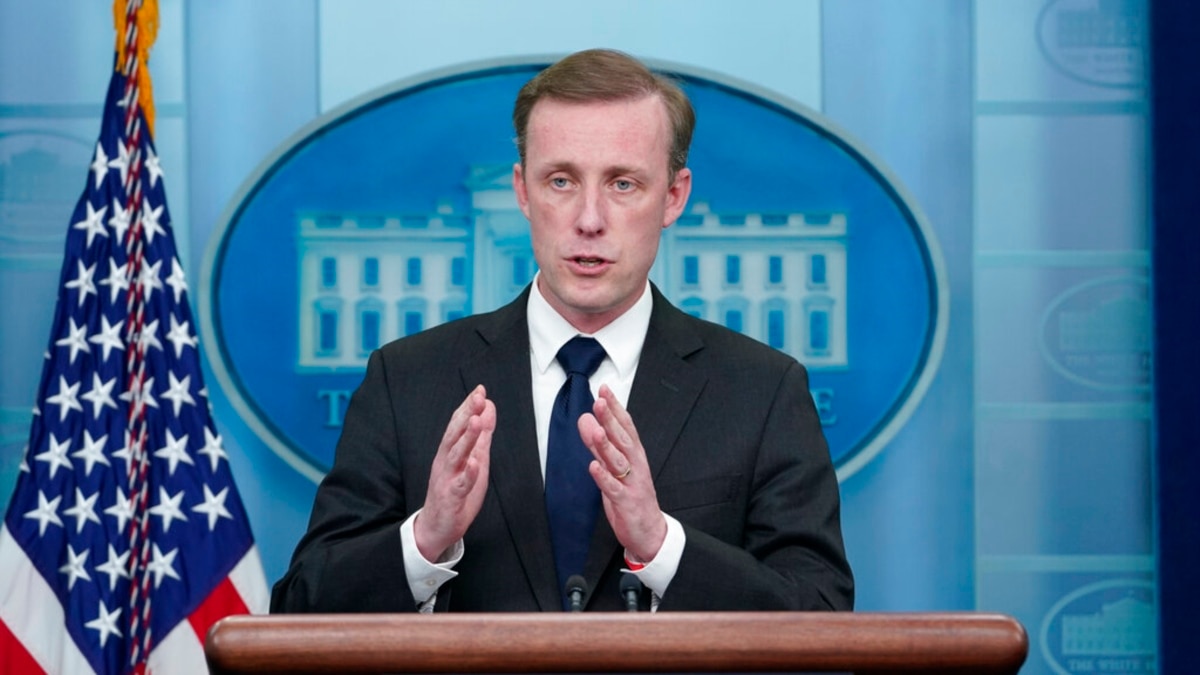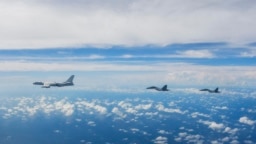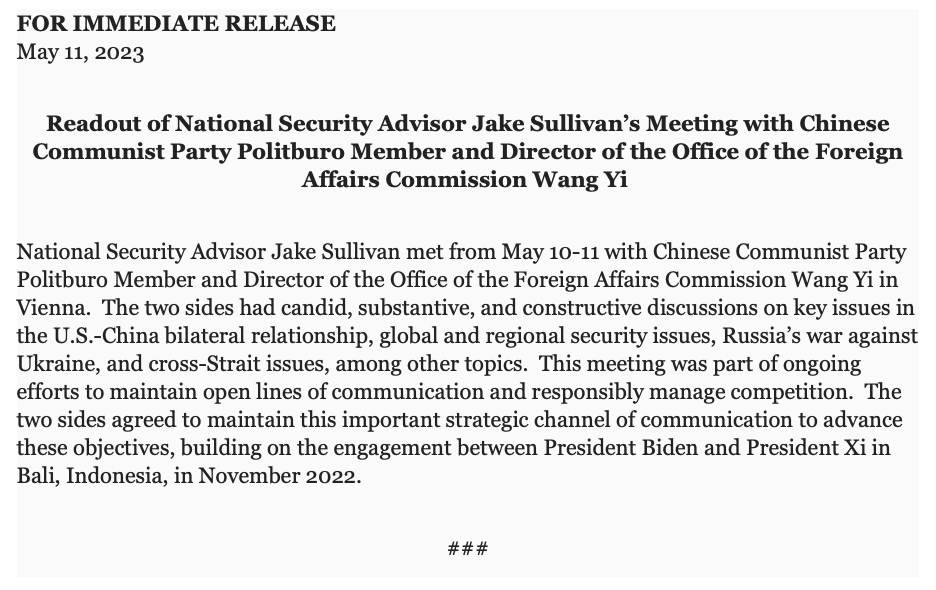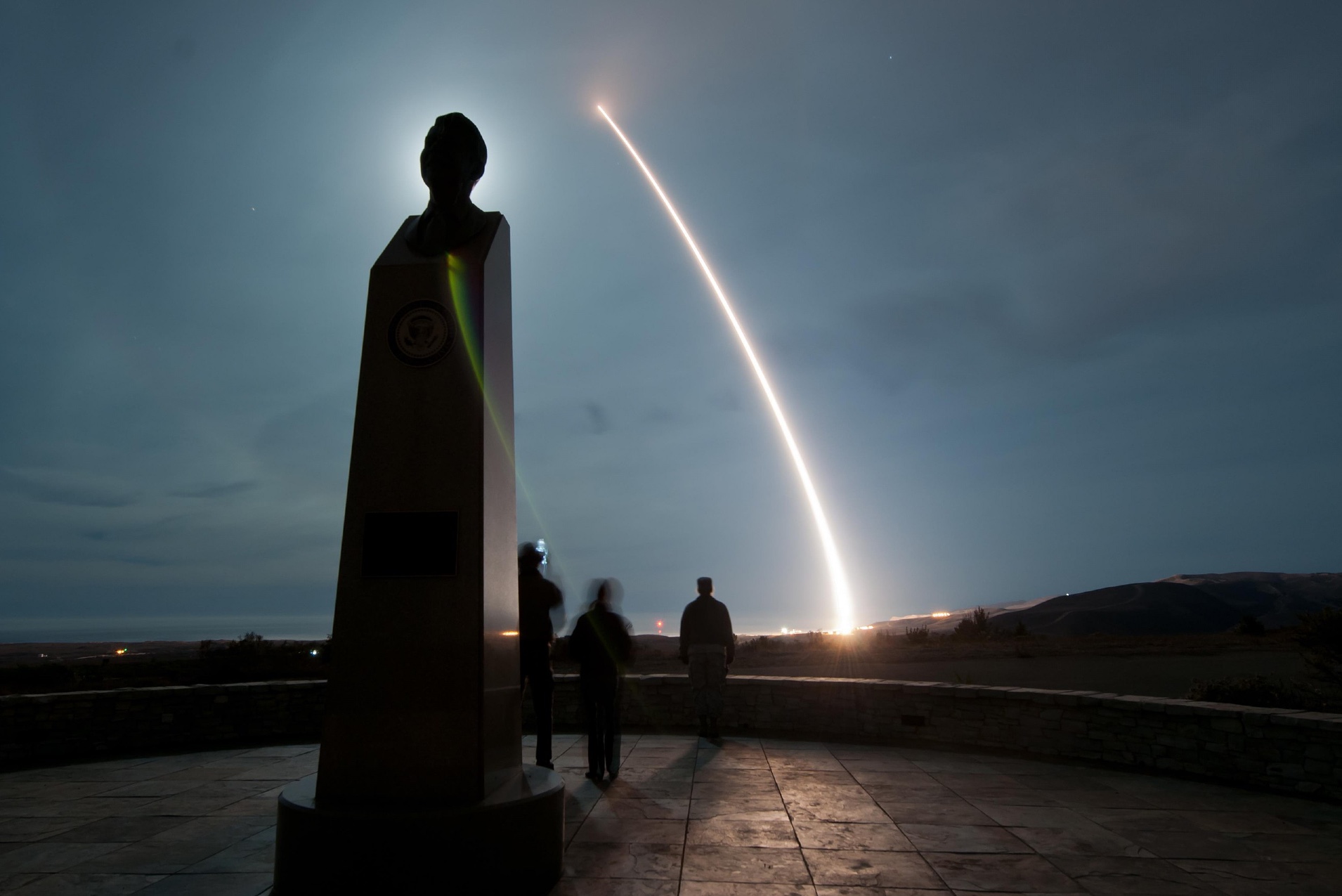Continued.....
Since their offensive two years ago, Mahadi and his rebel forces have managed to rearm and regroup into a force of approximately 800–900 fighters, according to sources within the rebellion. A portion of the Chadian fighters are fresh recruits drawn from the region’s
goldfields. As many as 150,000 young Chadian men have
emigrated from across Chad to the Libyan border in search of gold amid a
gold rush that started over a decade ago, fueled by soaring gold prices.
While the number of fighters may seem small, groups of this size have represented the most significant threats in Chad’s recent history. The April 2021 incursion culminating in Déby’s death was carried out by a similar number of fighters. Timane Erdimi, the leader of the rebel Union of Resistance Forces,
told me, following his own group’s February 2019 incursion into eastern Chad from Libya, that his operation involved fewer than 1,000 men and 40 to 50 pickup trucks. It ultimately took France’s Mirage 2000 aircraft
over three days to halt his fighters, 300 miles into Chadian territory, following earlier unsuccessful efforts by the Chadian army.
Shifting from Libya to Sudan
Like Libya, Sudan also plays a critical role in the complex dynamics of the Chadian rebellion. Rebel groups already have a well-established footprint in Sudan’s western region of Darfur, a conflict-ridden area long plagued by
ethnic tensions and violence. Before creating his rebel group, Mahadi was the secretary general of the Union of Forces for Democracy and Development, another rebel group based in Darfur before its relocation to Libya in 2010. In
February 2008, with the financial and material support of now-ousted president Omar al-Bashir, this group launched one of the most significant incursions in Chad’s history, reaching the capital, N’Djamena. They were only stopped with
French intervention.
In 2010, Chad and Sudan struck a
peace deal that created a joint border force to eliminate rebels from the area. Both countries also agreed to stop funding rebels fighting each other’s governments, which meant that Chadian rebel groups lost their safe haven and funding streams in Sudan. Conveniently, the 2011 Libyan revolution broke out the following year, and the ensuing war in Libya offered these groups opportunities to fight as mercenaries in that conflict. Over the past decade, Chadian rebel groups have
made Libya their new home.
Libya, however, has begun to lose its appeal for these fighters just as the conflict and chaos in Sudan have created the possibility for them to relocate their operations there. Chadian rebels have had reduced incentives to stay in Libya since the October 2020 Libyan cease-fire agreement, which ultimately
lowered opportunities for mercenary work. One of the key features of the peace agreement was — in the
words of the then-acting head of the UN mission in Libya — “the departure of all mercenaries and foreign fighters from Libyan territory, air, land, and seas.”
As a result, Chadian fighters have
increased their involvement in Sahelian criminal economies, including drugs, arms, and car smuggling. Chadian fighters are often described by locals in southern Libya, where they are now based, as “
bandits.” Given the cease-fire agreement and ongoing competition over resources and territorial control, local militias in southern Libya are likely to adopt policing roles to gain legitimacy locally by
chasing out Chadian rebel groups.
The Lure of Darfur
Meanwhile, Darfur is becoming ever more attractive for these groups. In Sudan, they could gain a potential new alliance and funding stream, similar to the one that rebels had with former Sudanese president Bashir. Ethnically Goran and Arab Chadian rebels, including those within the Front for Change and Concord in Chad, are likely to align themselves with General Hemeti’s Arab-dominated Rapid Support Forces, one of the two main belligerents in Sudan’s ongoing power struggle. Rebels from the Front for Change and Concord in Chad also have experience fighting
alongside Darfurian fighters in Libya, which could also facilitate their relocation. Alliances, however, are never set in stone. In Libya, Chadian fighters
crossed battle lines, aligning with rival factions for the right price.
While Hemeti’s current focus is primarily on consolidating his power in Khartoum rather than on supporting his family in Chad — Hemeti’s cousin is
a senior Chadian presidential advisor — his interests in Darfur coincide with those of the Goran and Arab Chadian rebels. They have common adversaries, including the Zaghawa rebel groups who
share a common ethnicity with Chad’s ruling Déby family and most of the Chadian army. They also share allies, including Haftar’s Libyan Arab Armed Forces and the Russian Wagner group. As Hemeti deploys more soldiers from Darfur to Khartoum, Chadian rebels could help secure his operational bases in Darfur and receive financial compensation and battlefield loot, including weapons and armored vehicles, in a similar arrangement to the one they had with Haftar in Libya. Hemeti would make a valuable ally for these groups, and the rebels could potentially permanently relocate to Sudan should he triumph.
Darfur is also particularly attractive due to its proximity to Chad’s capital, N’Djamena — a two-day drive, compared to the five-day drive from Libya. This proximity could facilitate both potential incursions and access to
lucrative illicit markets linking Libya, Chad, and Sudan, similar to those Chadian fighters have already exploited in Libya over the past decade. The region is a key
transit hub for
arms, drugs, fuel, and car smuggling, and El Radoom region in south Darfur is also an important
producer of cannabis that is trafficked across the region. Darfur is also home to several important goldfields, which have already been
exploited by the
Wagner Group and the
Rapid Support Forces. Chadian fighters could participate in these economies, either through direct involvement, protection, or by preying upon them, including through hijacking convoys or attacking traffickers. Arms smuggling along
well-established corridors linking Sudan to Libya and Chad is especially expected to experience a boon with the intensification of the conflict. The porous nature of the Sahel’s borders means this will be felt not only in Sudan, Libya, and Chad, but also as far as Mali, Burkina Faso, Niger, and Nigeria. These
weapons could fall into the hands of violent extremists who are disputing territories in those countries as well.
A Troubled Road Ahead
Chadian rebel involvement in Sudan would also likely result in an intensification of the conflict in Darfur, which could have dire
humanitarian consequences. An increase in flows of asylum seekers and refugees into neighboring countries, including Chad, Niger, and Libya, would further exacerbate the
existing refugee crisis in the Sahel region, which would in turn strain resources, create
tensions between host communities and refugees, and pose challenges to the countries receiving the displaced populations
. With millions of people already displaced across the region, further displacement could exacerbate an already volatile situation.
The intensified conflict in Sudan is also complicating the relatively peaceful coexistence between Sudan and Chad since 2010. Hemeti and General Mahamat Idriss Déby Itno, president of Chad’s Transitional Military Council — the governing body established following his father’s death — are likely to approach their alliances with caution given the potential for conflict reescalation. They must form effective alliances that maximize available war actors, including these rebel groups, without sparking a larger-scale conflict, as any alliance with the other’s adversaries could be seen as a declaration of war. Despite having ties to both sides of the conflict in Sudan, Déby’s government has chosen not to declare allegiance to either one. Instead, the Chadian government is attempting to position itself as a
mediator in the conflict — at least officially.
However, the conflict in Sudan could lead Hemeti into alliances that could challenge his relationship with the Chadian leader, Déby. Recently
leaked U.S. intelligence documents alleged that the Wagner Group,
suspected of collaborating with Hemeti, also attempted to recruit Chadian rebels and create a training facility in the neighboring Central African Republic, with the objective of overthrowing the Chadian government. If true, the Wagner Group could similarly attempt to exploit the Front for Change and Concord in Chad or another rebel group to promote an incursion into Chad from the eastern flank, as part of its regional strategy of
destabilizing Sahelian countries. Hemeti’s alliance with the paramilitary organization could be seen as a direct threat to Deby’s government.
It is important to consider, however, the role of the Chadian authorities in this complex landscape.
Historically, N’Djamena has a track record of leveraging security threats to attract increased Western support. This strategy helps to bolster their international position, despite their
shortcomings in governance and human rights practices. Any international assistance in combating rebel and foreign influences in Chad, therefore, should not be an open-ended commitment, but should happen under clearly defined conditions.
A sustainable peace process is critical to stopping the conflict in Sudan from spilling throughout the region, and international partners should step in and act decisively to help achieve this. There are several tools that can be used — in addition to diplomacy — to deny the legitimacy of key military figures like Hemeti and Burhan, whose roles and actions are destabilizing the country. First, concerted efforts to
disrupt war financing are vital. The United States, the European Union, and its member states should leverage their knowledge of the financial systems in play to target the networks and structures that fund the warring factions. Imposing targeted sanctions and freezing assets are crucial to dismantling the economic networks that fuel the war effort, both now and in the future. Moreover, these partners should use influence held over the generals’ regional allies — including in
Libya, Egypt, the United Arab Emirates, and Saudi Arabia — to take tangible actions, like cutting weapons and fuel supplies, which could compel these generals’ forces to retreat. The longer the international community fails to act, and the longer the conflict in Sudan is allowed to drag on, the more likely it is that actors like the Chadian rebels and Russian mercenaries will benefit from it. By employing these strategic measures, the international community can change the military factions’ calculus and bring about a genuine negotiation for peace to help slow the renewed humanitarian crisis already unfolding.
BECOME A MEMBER
Alexandre Bish has followed security dynamics in Chad and the Sahel for the past seven years. He is the author of several publications on the Chadian rebellion, including Soldiers of Fortune: The Future of Chadian Fighters After the Libyan Ceasefire
. He is currently a visiting scholar at Yale University and an PhD candidate at University College London. He has worked for the Global Initiative Against Transnational Organized Crime, the European Union and the United Nations Office on Drugs and Crime.


